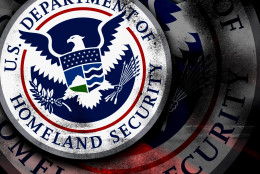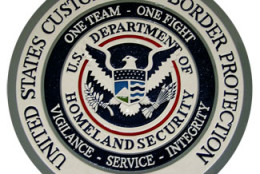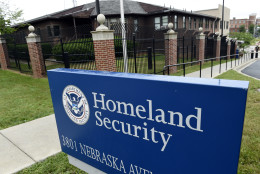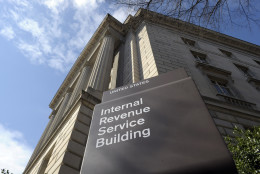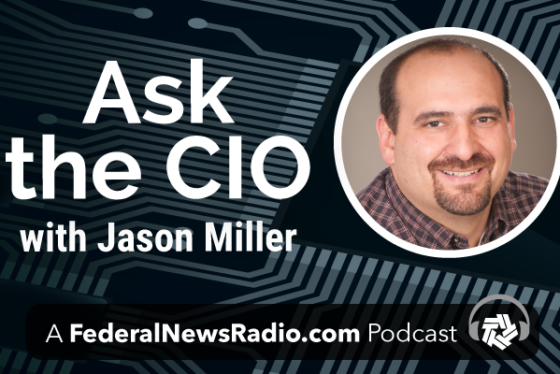Cybersecurity
-
The House Homeland Security Committee approved its 80th bill this session to reorganize and rename the Homeland Security Department’s National Programs and Protections Directorate.
June 13, 2016 -
Rod Turk, the Commerce Department’s chief information security officer, said the agency is preparing for the continuous diagnostics and mitigation program by upgrading its infrastructure.
June 10, 2016 -
Defense Secretary Ash Carter announced he is adding three members to the Defense Innovation Advisory Board. Two of them are technologists and Silicon Valley regulars.
June 10, 2016 -
Customs and Border Protection is working to bake cybersecurity more deeply into its networks from one end to the other. Chief Security Officer Shaun Khalfan tells Federal Drive with Tom Temin about the procedures and technologies he's pushing to protect against both external hackers wishing to do harm and against insiders who act either carelessly or maliciously.
June 09, 2016 -
Federal CIOs say when it comes to modernizing government IT systems, most of the workforce welcomes the change. But if the government truly wants to modernize, it will have to do more than try to catch up to the technology curve.
June 09, 2016 -
The Homeland Security Department once again awarded Raytheon a massive cyber contract eight months after a protest required the agency to pull back its initial award. The DOMino program will supports DHS’ EINSTEIN and other cyber programs as House lawmakers plan to debate the agency’s fiscal 2017 budget.
June 08, 2016 -
Wayne Lewandowski, Vormetric’s vice president of federal operations, makes the case for agencies to embrace and prioritize encryption and privileged access controls to better secure their data.
June 08, 2016 -
Federal contractors say there is room for improvement when it comes to protecting itself and working with government in a post-OPM breach environment. That includes modernizing the bidding process, sharing more information and being ready to adapt to an ever-changing threat.
June 08, 2016 -
The Internal Revenue Service relaunched Get Transcript, the application that lets users access their tax returns electronically, on Tuesday. It's been about a year since the IRS disabled the web app when hackers stole personal information and used it to access tax returns for roughly 334,000 people.
June 07, 2016 -
New numbers from the Office of Personnel Management show that only about 2.7 million people — or roughly 11 percent — out of the 21.5 million victims of the two OPM data breaches last year have enrolled in free identity protection services.
June 07, 2016 -
An exclusive Federal News Radio survey found that about 45 percent of public and private sector employees disagreed with the notion that their office or agency was better prepared to protect against future data breaches. Only about 25 percent of respondents said they were confident their workplace understood cyber risks.
June 07, 2016 -
Since the Office of Personnel Management's first announcement on June 4, 2015 that the personal information of millions of current and former federal employees had been hacked, a series of milestones and setbacks have occurred in its wake. Here's a look at some of what's happened in the past 12 months.
June 07, 2016 -
The Office of Personnel Management experienced some of the biggest changes in the year since hackers stole the data of 22 million current and former federal employees. The cyber attack helped put in motion some of the biggest cybersecurity improvements in the last decade.
June 07, 2016 -
Steve Blank teaches Hacking for Defense, a new course at Stanford University that links students with defense agencies to promote innovation in engineering.
June 06, 2016 -
Blockchain has emerged as a potential solution to the need for information security, accuracy and reliability. Shawn McCarthy, research director for IDC Government Insights, joins Federal Drive with Tom Temin to explain why he’s one…
June 06, 2016

